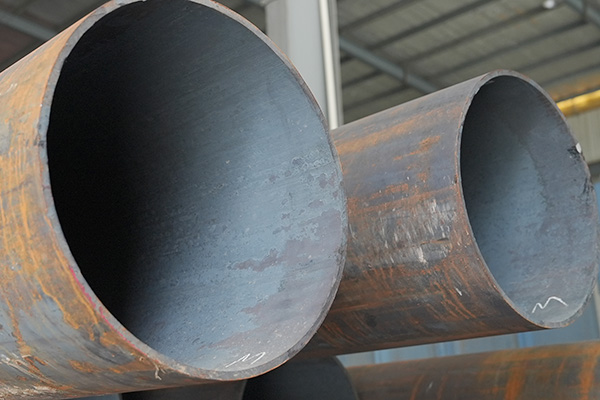

Dimensional tolerance control is a vital aspect of manufacturing oil and gas line pipes, directly impacting the quality, safety, and compatibility of pipelines in the field. Precise control of pipe dimensions—such as outer diameter, wall thickness, roundness, ovality, and length—is essential to ensure that pipes meet design specifications and regulatory standards.
Key Dimensional Parameters
Outer Diameter (OD): Maintaining the OD within specified tolerances guarantees proper fit with fittings, valves, and flanges, enabling secure and leak-free joints.
Wall Thickness: Consistent wall thickness is critical for withstanding internal pressures and preventing localized weaknesses. Variations can lead to stress concentrations and premature failure.
Ovality: This measures the deviation of the pipe’s cross-section from a perfect circle. Excessive ovality affects pipe handling, joint welding, and flow characteristics.
Length and Straightness: Pipes must be produced in specified lengths and with minimal curvature to facilitate installation and reduce stress on joints.
Control Methods
Precision Rolling and Drawing: Modern hot rolling and cold drawing processes employ computer-controlled machinery to regulate dimensional parameters accurately during forming.
Real-Time Monitoring: Laser measurement systems and ultrasonic thickness gauges are integrated into production lines to provide continuous feedback, allowing immediate adjustments.
Heat Treatment: Controlled heat treatment processes minimize dimensional distortions caused by thermal expansion or contraction.
Quality Inspection: Post-production inspection using calibrated measuring tools, coordinate measuring machines (CMM), and non-destructive testing ensures compliance with standards such as API 5L and ISO 3183.
Impact on Performance
Maintaining tight dimensional tolerances improves pipeline integrity, reduces installation difficulties, and enhances the lifespan of the pipeline. It also ensures compatibility with downstream equipment and reduces maintenance costs.
Conclusion
Dimensional tolerance control in oil and gas line pipe production is fundamental for achieving operational safety and reliability. Employing advanced manufacturing technologies and rigorous inspection protocols helps manufacturers consistently produce pipes that meet stringent industry requirements.
References
API Specification 5L: Specification for Line Pipe
ISO 3183: Petroleum and Natural Gas Industries — Steel Pipe for Pipeline Transportation Systems
Totten, G.E. (2006). Steel Heat Treatment: Metallurgy and Technologies.
ASTM A530/A530M – Standard Specification for General Requirements for Specialized Carbon and Alloy Steel Pipe
Kou, S. (2003). Welding Metallurgy.





